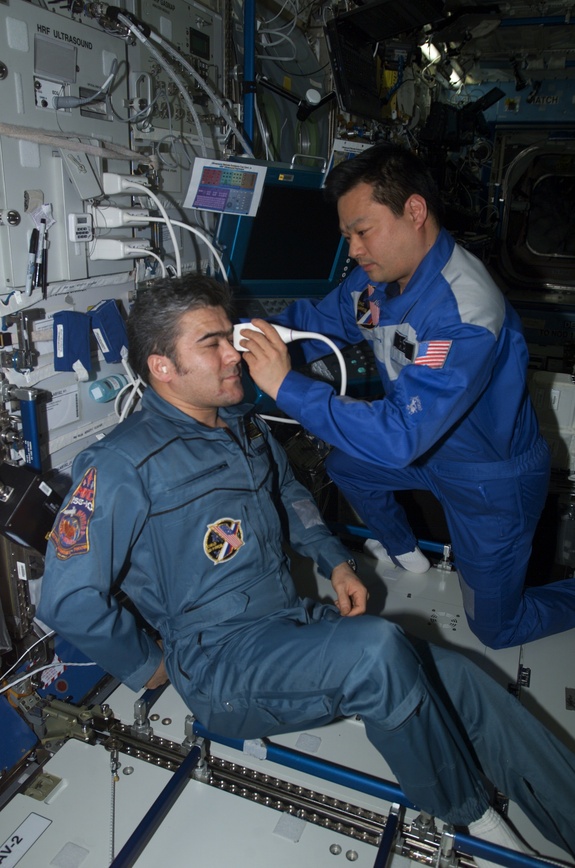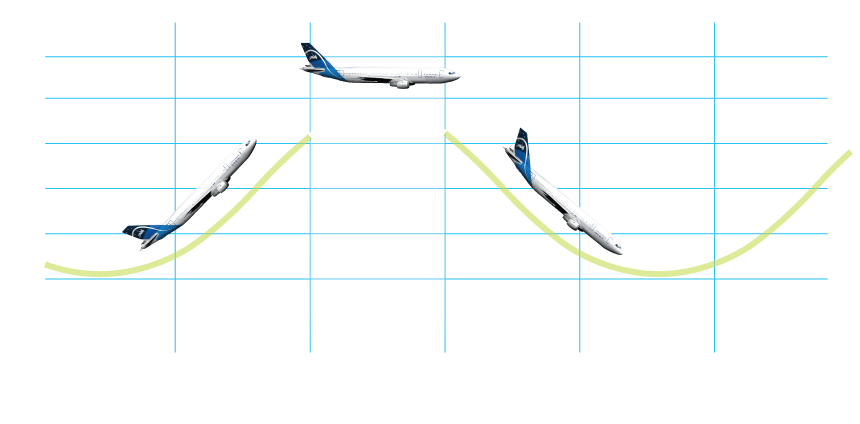Space Medicine

-
Space
MedicineSpaceflight has unique challenges to human physiology and medicine. The confined environments, zero gravity, radiation exposure, circadian disturbances, and psychological adaptations create barriers to the traditional practice of medicine. The ability to diagnose and treat an injured crew member under these conditions is paramount to mission success. Innovation developed for space has significant terrestrial applications.
rHEALTH ONE Successfully Operated on the International Space Station
The rHEALTH ONE was successfully tested onboard the ISS May 2022 by SpaceX Crew-4 Commander Samantha Cristoforetti. This device has advanced optical sensing, cytometry, biomarker chemistry, nanostrips, and software developed at DMI and now part spun-off into rHEALTH.
rHEALTH Sensor Test in Reduced Gravity
The DNA Medicine Institute (DMI) successfully completed reduced-gravity experiments on its rHEALTH sensor for the Facilitated Access to the Space Environment for Technology (FAST) program, at the National Aeronautics and Space Administration (NASA) in Houston, Texas. The rHEALTH sensor is designed to extract a multitude of diagnostic information from a single drop of blood. Although designed for use in reduced-gravity environments in space, the technology can be applied to real-time health monitoring at patient’s bedside or in a doctor’s office, and allow for real-time clinical intervention in acute situations. It was one of 17 technology demonstration projects, from 10 different states, for reduced-gravity aircraft flights. The DMI device was subject to zero, lunar, and 1.8 g conditions for periods up to 25 seconds in a Boeing 727 airplane flying repeated parabolic trajectories. A joint team from DMI and NASA’s Glenn Research Center (GRC) successfully performed experiments on the rHEALTH platform, which included sample loading, mixing, and detection. The device operated without fail on all four lunar and zero gravity flights.
![]()

Flight Week Pictures







 GRC team members in zero gravity.
GRC team members in zero gravity.